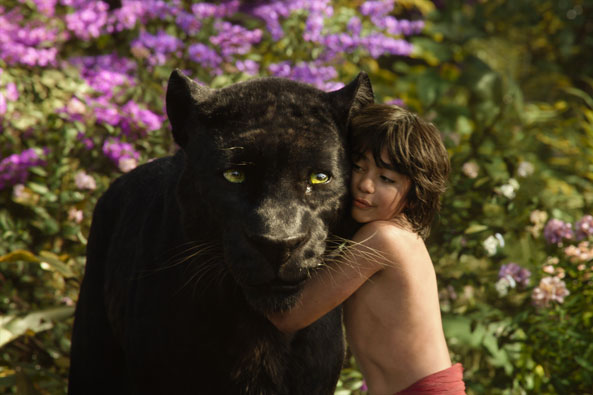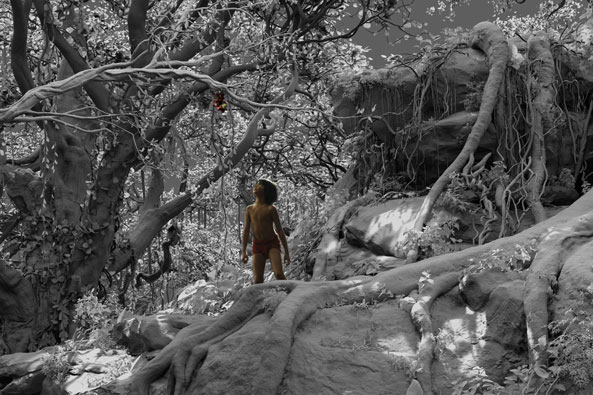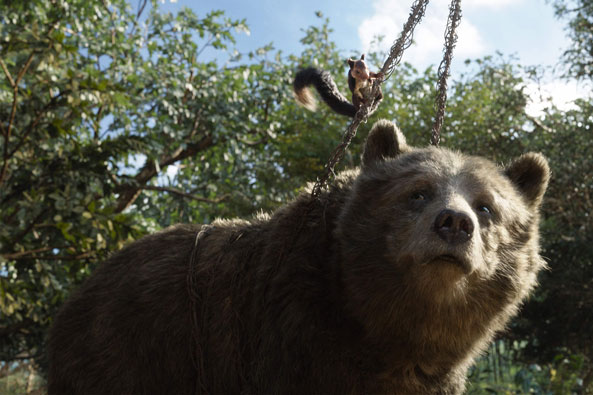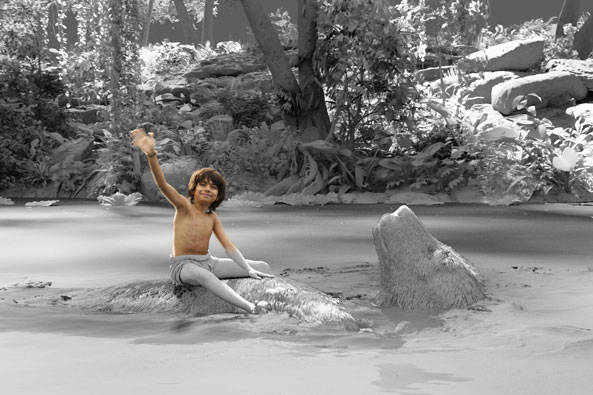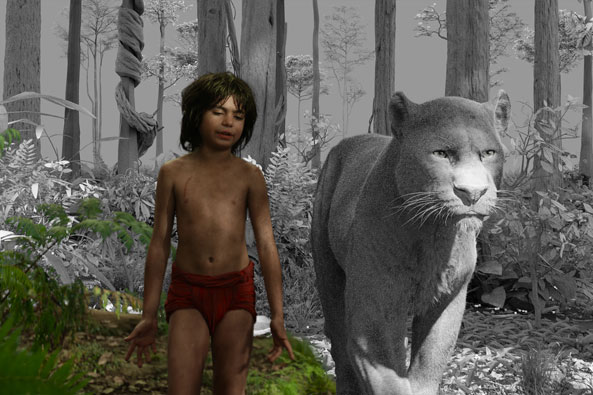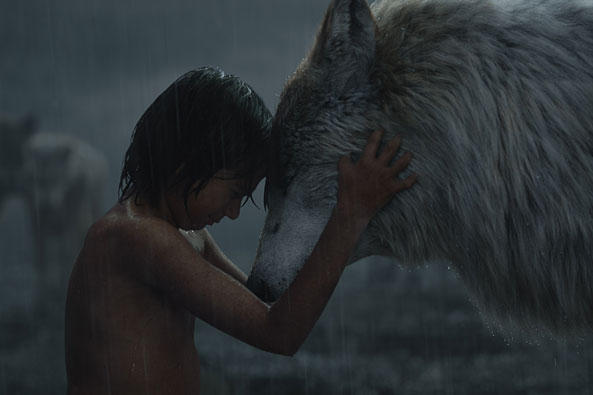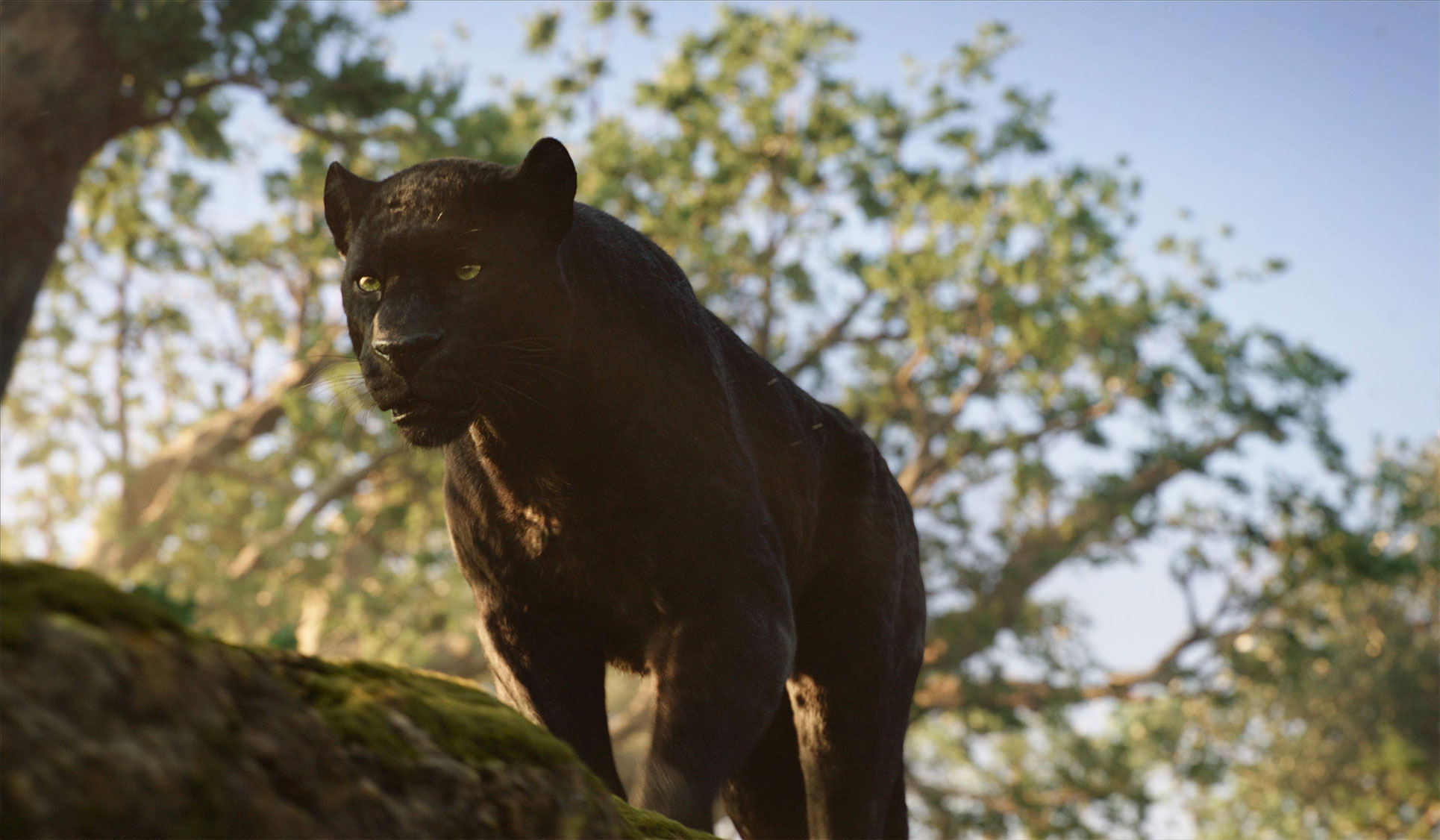
Welcome to Our Jungle
The latest iteration of Disney’s The Jungle Book (2016) is unlike anything that’s come before: not just animated, not just photographic, but a seamless combination of the two. As we move into the exciting and ever-evolving world of immersive experiences, the Oscar-winning work by Technicolor’s VFX studio MPC on The Jungle Book raises the bar on what the future of entertainment can be. In 1967, Technicolor made the color pop on The Jungle Book, the beloved Disney animated feature film that pushed the limits of what animation could be. Fast-forward to today, and Technicolor is still pushing those boundaries in new and engaging directions.
“…one of the most technologically advanced movies ever made.”
– Sean Bailey, Head of Disney Productions
More Than the Bare Necessities
As the lead VFX supervisor on Disney’s most recent The Jungle Book, Rob Legato, ASC, ensured all of Director Jon Favreau’s creative and artistic visions came to stunning life through seamless production and visual effects. Legato’s long history of working with Technicolor teams dates back to the Oscar-winning films of Martin Scorsese, including The Aviator, The Departed, and Hugo, for which Legato received his second Academy Award for VFX. His evolving virtual production methodology, which expanded dramatically on director James Cameron’s Avatar, was the basis of production on The Jungle Book – a process that was fully integrated in Technicolor’s production and finishing pipeline.
They achieved a new level of photographic-based realism in re-imagining the Disney animated classic, pushing the creative boundaries of what has been achieved to date in the integration of live-action and animation.
– Bill Desowitz, IndieWire
Walking and Talking with the Animals
When Director Jon Favreau, Production VFX Supervisor Rob Legato, and The Jungle Book’s production team made the bold decision to film without any outdoor locations, it required the latest filmmaking technologies – from virtual cameras and computer simulations to digital characters – to fully realize their artistic vision. The VFX team led by MPC’s Adam Valdez built a complex photo-real world through stunning CG, bringing to life countless environments, 54 species and 224 individual animals, including the story’s iconic cast of animal characters. Building bone, skin, hair, fur, and whiskers from scratch, the level of detail is so real that it all blends seamlessly with the film’s one live actor who was shot entirely on Los Angeles sound stages.
“the visual effects team led by Robert Legato and Adam Valdez has both created sumptuous settings that look as lifelike as any CGI ever presented in a studio feature.”
– Todd McCarthy, Variety
Setting the Tone to the Finishing Touch
Technicolor Senior Colorist Steve Scott says The Jungle Book’s production method made it very different from traditionally photographed feature films, because the filmmakers had ultimate control over their environment and lighting. Working early on in the production with the filmmakers, Technicolor and its team of color scientists and finishing artists set the color pipeline for the film’s rich look. Along with Scott, colorists Mike Sowa and Charles Bunnag graded the film and its multiple HDR deliverables. These were such beautiful images to work with, with such high dynamic range and photo-real characters. Yet they presented many classic issues, such as how to draw the viewer’s attention to certain areas of the frame, or keep the focus in certain places.
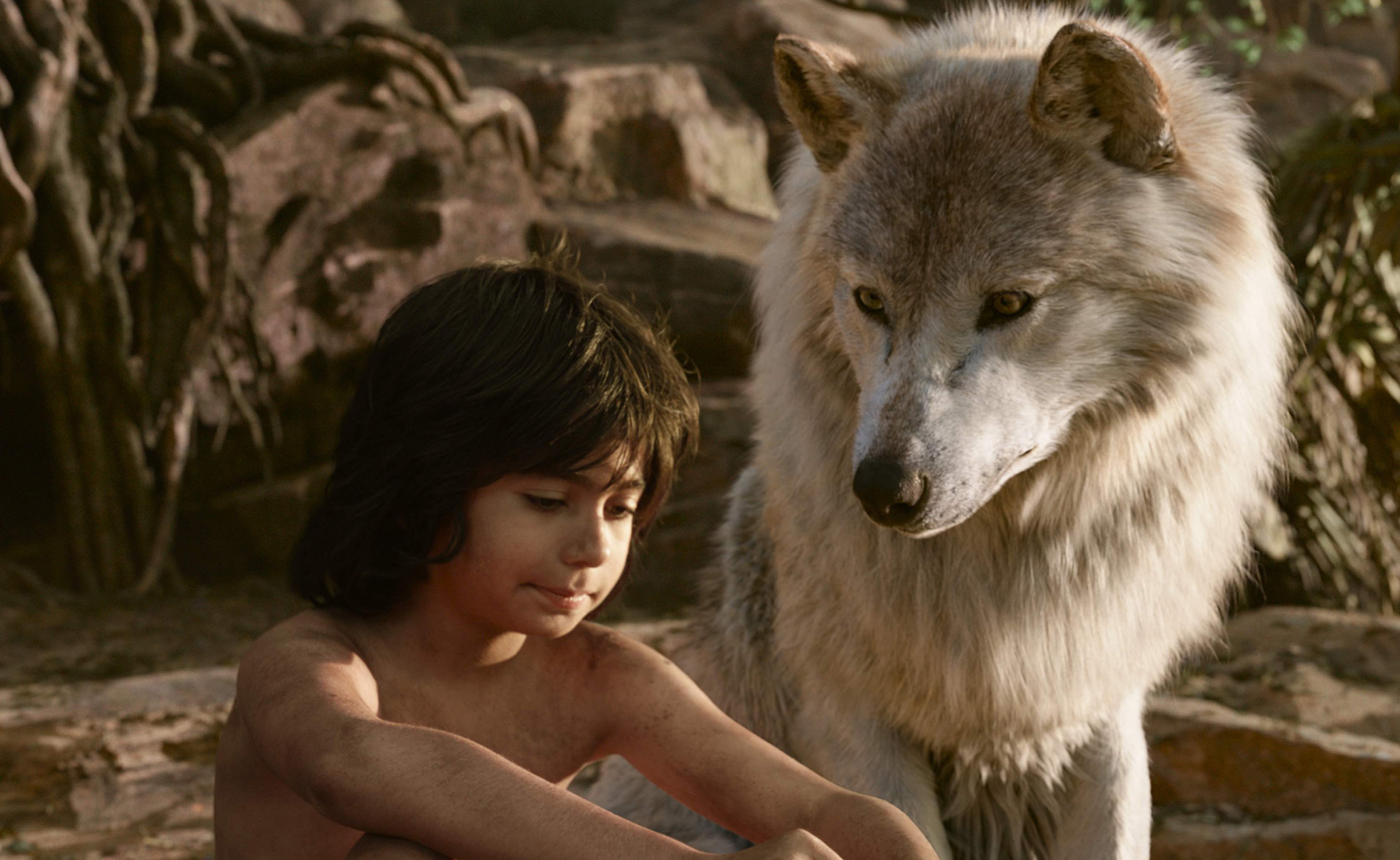
…it is really the level of taste and craftsmanship and artistry of these people who are working behind the scenes and bringing all this to life. You know, if you sit through all the songs in the end credits, there are more than 2000 names there. It has never been a more human medium than it is now. Don't let the technology fool you!
– Jon Favreau, Director, The Jungle Book
